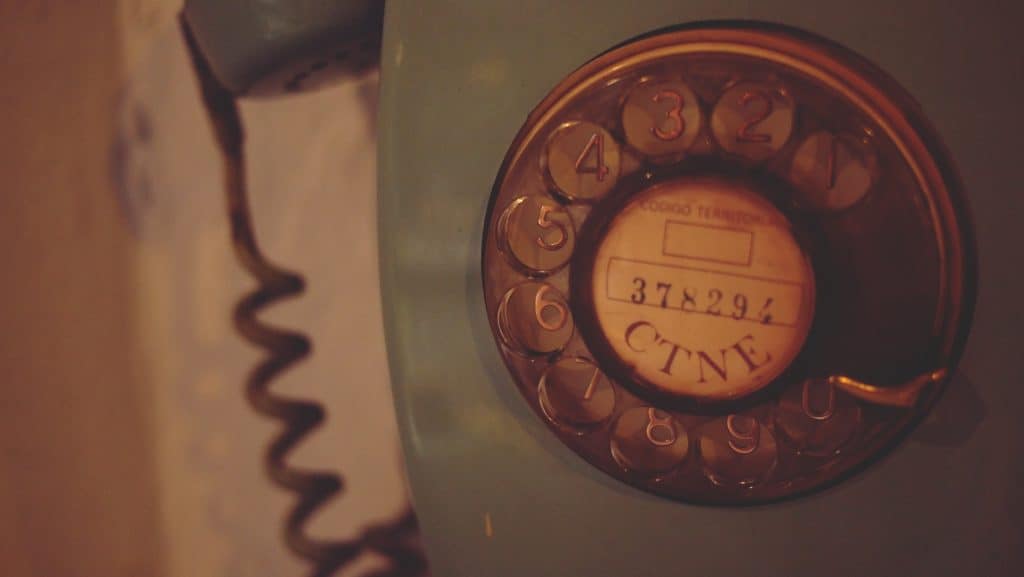How to communicate with your remote team

Get out of email: we covered that in the last blog post.
And you can’t just pop your head around the corner and ask a quick question since you are all working in different locations.
The question remains: how do you replace these communication methods and still maintain good communication habits?
While you can’t simply recreate the same communication, you had before, that doesn’t mean you have to sacrifice any of it. You simply keep (and improve) the good habits and change to better methods.
How to have social banter
Remember how important social banter is.

People walking into the office, seeing one another, sharing a sports story over the coffee machine, commenting on a new desktop picture, …
Create areas for banter in a chat stream. There are plenty of free and paid tools for this (think of Slack, Discord, Flowdock, Microsoft Teams, Skype, and more).
You could have a single chat stream for everything that is general banter: if it has nothing to do with a project or client, it goes here.
Or you could separate the types of banter.
One stream for the “I’m at my desk moments”. This is where people say I’m here, I’m stepping out for lunch, I’m about to start a meeting, and generally share their availability and what they are working on.
A separate stream for humor or fun or randomness. This is where people share a picture of their new vegetable garden, a video of their puppy’s new trick, a quote they love from a book they are reading, and every 2020 meme on the internet.
How to communicate about projects
Communication about work should be happening in that workspace (keyword: “work”).
Where do you track projects right now? This can be everything from client projects, to marketing plans, to training programs, and more. There is a lot that happens in a business that should be tracked.
All communication about that work should happen in that workspace.
Not via email or even via chat, as it will be impossible to find again and connect to the original work.
This includes updates on work, hand-offs from one team or person to the next, and questions about the project.
How to communicate about clients
See above.
Where do you keep your client information?
There should be a shared space for client information capture, any key communications about their situation, their needs, and how those have changed.
You may be using the same system to manage projects and to manage clients. If that is the case, be clear about where you want information about a particular project, and where instead you want information about general client news and updates.
How to ask questions
Much of the internal communication is a question in one form or another. A need for more information, a request for an update, support for a next step, and more.

To know where these should be asked, think about the context.
A question about a project should be asked in the project management system.
A question about a client should be asked in that client profile.
What about a question about a client project? Wherever you are tracking progress on that project.
Always consider the context of the information in terms of what it might impact.
When looking at software tools, remember that you need something that will allow you to capture a conversation about an item, and to be able to ping and update individuals.
Note that this can also happen in something as simple as Google Docs or Sheets, it need not be a complex piece of software.
But what about email?
You will still be using email for external communications, of course.
But email can play a role in internal communication: as a notification tool.
When people do need to:
- Get an answer to something
- Tell another person to take an action
- Share a status update with relevant individuals
And possibly more. Email notifications on these activities can serve as a nudge, or a virtual knock on the door, to say “Hey, check this out please”. This is more effective than a knock on the door, because it doesn’t interrupt the person mid-stride, but lets them review their notifications when it is convenient to them.
Not just remote communication
This is another example of good habits that will serve you well in an on-site office environment as well.
Consider if one of your key employees is suddenly unavailable for a full day. Maybe a full week. Maybe longer.
Keeping communication out of people’s inboxes and in shared environments means you will avoid disruption and business can continue as usual.